Lon Chaney Sr.
Born April 1, 1883 in Colorado Springs, Colorado, USA
Died August 26, 1930 in Hollywood, Los Angeles, California, USA (throat hemorrhage)
Birth Name Leonidas Frank Chaney
Nicknames The Man of a Thousand Faces, The Master of Horror
Height 5' 9" (1.75 m)
Mini Bio (1)
Although his parents were deaf, Leonidas Chaney became an actor and also owner of a theatre company (together with his brother John). He made his debut at the movies in 1912, and his filmography is vast. Lon Chaney was especially famous for his horror parts in movies like e.g. Quasimodo in The Hunchback of Notre Dame (1923). Due to his special make-up effects, he carried the characterization to be "the man of a thousand faces." He only filmed one movie with sound: The remake of one of his earlier films The Unholy Three (1930). His son, Lon Chaney Jr., became a famous actor of the horror genre.
Family (3)
Spouse Hazel Hastings (November 1914 - 26 August 1930) (his death)
Frances Chaney (31 May 1905 - April 1914) (divorced) (1 child)
Children - Lon Chaney Jr.
Parents Frank H. Chaney, Emma Alice Kennedy.
Known as the Man of a Thousand Faces. Master of early screen makeup techniques.
Macabre, menacing characters who nonetheless always have an undercurrent of pathos and melancholy
Extremely expressive performances in silent horror films
A child of deaf parents, he became a master of pantomime and understanding people who were born differently.
Father of Lon Chaney Jr.
Great-grandfather of Ron Chaney.
Interred at Forest Lawn Memorial Park in Glendale, CA, in the Great Mausoleum (unmarked).
Were it not for his death, he rather than Bela Lugosi would have been Tod Browning's choice for the starring role in Dracula (1931).
The Lon Chaney Theater in his hometown of Colorado Springs, CO is named after him.
At Chaney's death, in addition to Tod Browning's Dracula (1931), several other projects were being planned for him. Most were filmed with other actors in the roles intended for Chaney: The Sea Bat (1930) (Charles Bickford), The Phantom of Paris (1931) (John Gilbert), The Big House (1930) (Wallace Beery) and The Bugle Sounds (1942) (Beery, again).
Pictured on one of ten 29¢ US commemorative postage stamps celebrating stars of the silent screen issued 4/27/94. Designed by caricaturist Al Hirschfeld, this set of stamps also honored Rudolph Valentino, Clara Bow, Charles Chaplin, John Gilbert, Zasu Pitts, Harold Lloyd, Theda Bara, Buster Keaton and the Keystone Kops.
Pictured on one of a set of five 32¢ US commemorative postage stamps, issued 9/30/97, celebrating "Famous Movie Monsters". He is shown as the title character in The Phantom of the Opera (1925). Other actors honored in this set of stamps, and the classic monsters they portray, are Bela Lugosi as Dracula (1931); Lon Chaney Jr. as The Wolf Man (1941); and Boris Karloff on two stamps as The Mummy (1932) and the monster in Frankenstein (1931).
Friends with Afro-American actor Noble Johnson since both were boys in Colorado together, Chaney was responsible for giving his old friend some early breaks in a career that spanned more than four decades. Likewise, Chaney befriended the young Boris Karloff shortly after the latter's arrival in Hollywood. As with Johnson, he helped Karloff gain a foothold in the movies, and until the end of his life, Karloff always spoke kindly of Chaney as a good friend and colleague.
A quiet soul by nature, he valued his privacy highly. Granting few interviews and disliking the Hollywood social whirl, he much preferred spending quiet time with his family and a few close friends, often at his cabin in the Sierra Nevada Mountains. This avoidance of publicity led to his being unfairly labeled by some as strange and unfriendly. However, those who knew him best always described him as a good, loving husband, father, and friend. Similarly, his co-stars, among them Loretta Young and Joan Crawford, remembered him as being very cooperative and helpful, especially to those performers without much experience.
In the late 1950s there was a resurgence of interest in him. The first factor was the biopic, Man of a Thousand Faces (1957) made by Univeral Pictures (then Universal International) starring James Cagney as Chaney. Of greater influence was the magazine "Famous Monsters of Filmland" started in 1958 and edited by devoted Chaney fan Forrest J. Ackerman. Ackerman published many photographs and articles about Chaney. Each issue also included at least one full page devoted to Chaney under the title "Lon Chaney Shall Not Die". This coverage introduced Chaney to new generations who would have probably never heard of him. The interest in Chaney also led to early efforts to find and preserve Chaney's films.
For many years, the cause of the lung cancer that brought about his death at age 47 was thought to have been a piece of artificial snow, made out of crushed gypsum, that lodged in his throat during the filming of Thunder (1929), his last silent film. However, Chaney biographer and scholar Michael Blake points out that the most likely cause was the fact that Chaney was a heavy smoker, and that the piece of artificial snow merely hastened the inevitable.
A popular joke of the era was "Don't step on it; it might be Lon Chaney!".
His father, Frank H. Chaney, was not born deaf, but was rendered so by a childhood illness when he was not quite two. He ultimately became a successful barber, and always claimed he could remember some sounds. His mother, the former Emma Alice Kennedy, was born deaf, and was a teacher at a school for the deaf before her marriage. When her most famous son was nine years old, she was stricken with inflammatory rheumatism which left her an invalid. Lon Chaney himself was the second of four children, three boys and a girl. All of his siblings survived him, and were generously provided for in his will.
Before turning to films, he was mainly known for his stage work.
With the exception of Charles Chaplin, Chaney was the last major silent film star to make a talkie. Assaying five different voices in his first talkie, Chaney signed a notarized statement attesting to the fact that the different voices were his: "I, Lon Chaney, being first duly sworn, depose and say: In the photoplay entitled The Unholy Three (1930), produced by Metro-Goldwyn-Mayer Corporation, all voice reproductions which purport to be reproductions of my voice, to wit, the ventriloquist's, the old woman's, the dummy's, the parrot's, and the girl's, are actual reproductions of my own voice, and in no place in said photoplay or in any of the various characters portrayed by me in said photoplay was a 'double' or substitute used for my voice. Subscribed and sworn to before me, this 19th day of May, 1930, J. L. Hendrickson, Notary Public in and for the county of Los Angeles, State of California."
Unbeknown to many people, who consider Chaney a "horror actor", he was an amazing dancer in his stage years. The only film that contains footage of him dancing is the incomplete The Fascination of the Fleur de Lis (1915). He was also known to be a hilarious comedian. In fact, one report of the day said, "As a comedian, he is irresistible". And according to Michael F. Blake (Chaney's biographer), Lon could even sing. Sadly, no audio recordings exist of Chaney singing, but people who knew him said that he had a rich baritone voice.
Mentioned in Warren Zevon's 1978 song "Werewolves of London".
The working title of his film The Unknown (1927) was "Alonso the Armless", which seems to have led to a great deal of confusion over the years regarding the actor's actual name. As committed to their faith as Chaney's parents were, they would probably have never considered giving one of their children a name not shared by a religious saint, and to this date there is neither a St. Alonso nor a St. Lon. Chaney's birth name was Leonidas Frank Chaney; both St. Leonidas and St. Francis are prominent in the traditional Roman Catholic Litany of Saints.
Part of Chaney's makeup for the role of Quasimodo in The Hunchback of Notre Dame (1923) required that his right eye be buried under makeup, simulating a growth over that eye, as specified in the original Victor Hugo novel. The result of looking out of only one eye for weeks at a time left Chaney extremely short-sighted, and he had to wear thick glasses off screen for the rest of his life to correct this.
He was posthumously awarded a Star on the Hollywood Walk of Fame at 7046 Hollywood Boulevard in Hollywood, California on February 8, 1960.
Second of four children: siblings are John Chaney, George Chaney and Carolin Chaney.
His father was the son of James L. Chaney and wife Caroline Uffner and grandson of John Chaney (1790-1881), US Congressman, Representative from Ohio, and wife Mary Ann Lafere, and was a distant relative of Dick Cheney.
He carried almost all the make-up he used in films in a small leather case he always had with him when in Hollywood.
His knowledge of make-up was so vast that he wrote the entry on the subject for an edition of the Encyclopedia Britannica.
His salary on The Hunchback of Notre Dame (1923) was $2,500 a week. Shooting began in December 1922, and was completed in June 1923. Chaney ended up making close to $60,000 plus contract bonuses from the picture, which was the longest shoot in his career.
His star on the Hollywood Walk of Fame is featured during the theme song of season one on the television series The Fall Guy (1981).
Profiled in "From the Arthouse to the Grindhouse: Highbrow and Lowbrow Transgression in Cinema's First Century" by John Cline. [2010]
Metro-Goldwyn-Mayer produced a publicity reel in the 1920s that featured all their contract players standing in a line as the camera panned to film them. At one point, we see a man speaking and gesturing to those around him, but with his back to the camera. Although he was not identified in the film, this was Chaney. Even in a publicity film, he didn't want the public to see his face without character make-up.
His original make-up kit still survives to this day and is housed at the Los Angeles Natural History Museum. It consists of a leather case engraved with his name, and opens up into folding shelf containers. Among the remaining pieces are foundation sticks, a hair brush, a powder puff and a glass eye he had especially made for one of his films. The life cast he had made of his head, and which he used to test different make-up techniques, survives to this day as well, and is also housed at the museum.
At his funeral in Glendale, California on August 28, 1930, the honorary pallbearers were Louis B. Mayer, Nicholas Schenck, Irving Thalberg, Lionel Barrymore, Tod Browning, Paul Bern, Hunt Stromberg, Ramon Novarro, Harry Carey, Fred Niblo, Wallace Beery, Lawrence Tibbett, William Haines, Harry Rapf, Cliff Edwards, Lew Cody, Benny Rubin, Edgar Selwyn and George W. Hill.
There is a persistent story that Boris Karloff used to recount that; Lon Chaney gave Karloff some acting advice, when the latter was an extra, about to give up acting, because he couldn't get a break in Hollywood, and Chaney would have picked him up and given him a ride. However, as uncovered by noted Canadian film historian, Greg Nesteroff, Karloff was very fond of embellishing his past and telling tall tales, so there is no way to corroborate if the two even met.
Uncle of Ancel Keys, creator of the infamous K ration, the small nutrition-packed meal distributed to thousands of American troops during World War II.
Had English, French and Irish ancestry.
Some of the more bizarre make-up creations and performances by Lon Chaney, have been cited as an influence upon the Horror film genre which began in the early 1930s.
The actor was fiercely protective of his own privacy and seldom granted interviews or courted publicity. The few Lon Chaney did grant, he was reported as growing easily uncomfortable and agitated.
He did all he could to dissuade his son - Lon Chaney Jnr. - from following in his father's footsteps in becoming an actor.
Referenced in Charlie's Angels: Of Ghosts and Angels (1980) by Kris Munroe.
The actor was so proud of the movie "Tell It To the Marines," that he and his wife attended the Hollywood premiere of the said film. It was the only time Lon Chaney made an exception, given how he avoided the Hollywood social scene.
Usually declined requests to give autographs.
Was known in Hollywood for being a no-nonsense individual, with just everyone he worked with. In addition, Lon Chaney was one of the few stars at MGM who wasn't intimidated by the tyrannical Louis B. Mayer.
One of his most passionate interests was fishing.
When Lon Chaney died, MGM held a minute's silence as a tribute.
Is hailed as one of the most powerful and gifted actors from the Silent era.
Smoked at least two packs of cigarettes a day.
Lon Chaney was described by one time co-star Jackie Coogan, as being "an acting thief" who would steal whole scenes.
The first Hollywood person to become an honorary member of the United States Marine Corps. The Marines provided a chaplain and Honor Guard for his funeral.
Approximately 102 of the 157 films made by Chaney are classified as lost films as of 2022.
Great-uncle of Rebekah Chaney.
Personal Quotes (14)
Between pictures, there is no Lon Chaney.
My whole career has been devoted to keeping people from knowing me.
When a makeup is as painful as that which I wore as Blizzard in The Penalty (1920), when I had my legs strapped up and couldn't bear it that way more than 20 minutes at a time - when I have to be a cripple, as in The Miracle Man (1919) or have to keep a certain attitude of body, as I did in Shadows (1922), it sometimes takes a good deal of imagination to forget your physical sufferings. Yet, at that, the subconscious mind has a marvelous way of making you keep the right attitudes and make the right gestures when you are actually acting.
I wanted to remind people that the lowest types of humanity may have within them the capacity for supreme self-sacrifice. The dwarfed, misshapen beggar of the streets may have the noblest ideals. Most of my roles since The Hunchback of Notre Dame (1923), such as The Phantom of the Opera (1925), He Who Gets Slapped (1924), The Unholy Three (1925), etc., have carried the theme of self-sacrifice or renunciation. These are the stories which I wish to do.
There's nothing funny about a clown in the moonlight.
The parts I play point out a moral. They show individuals who might have been different, if they had been given a different chance.
I hope I shall never be accused of striving merely for horrible effects.
[advice to Boris Karloff] Find something no one else can or will do. The secret of success in movies lies in being different from anyone else.
You know, one of the most effective of all disguises is the hair and the way in which it is combed. I always make my own hair serve when I can and to make silvery hair I use neck-white, if you know what that is. Some people use aluminum, but that shows too much on the screen.
As for my hair, "I'm glad it's all there," as the poet says; yet in character parts life is just one wig after another. I have had all mine made especially and I keep them labeled and carefully stored, having them examined once a month to fight the moths. I have a collection of more than one hundred of these wigs and you would be surprised to know the investment they represent.
One of the most difficult characters I ever played from the make-up standpoint was that of a blind boy. All through that picture in order to look blind I had to roll my eyes clear up in what seemed to me to be the very top of my head. Did you ever try to do that? Try it, and then at the same time try to act naturally. You will get my idea then.
Of course, makeup goes much deeper than mere wrinkles, whiskers or grease paint. No, I don't mean thought this time, although that is the principal part. I mean you must study all the previous history of the character and realize its effect on his physical being. For instance, in playing a music master who constantly led an orchestra with his bow or baton I made him appear all through the picture as having one shoulder just a little higher than the other. Men in different walks of life have little differences in the manner in which they carry themselves. Some of these are psychological effects and others come from the nature of their occupations.
One of the hardest make-ups I ever carried over was that of King Canute. He was hairy of face and breast and besides I had to use putty to build out my nose and cheeks. One day, I tried wax instead and when the sun got hot my nose began to run, literally.
[in 1925, explaining how he won the part of the beggar in The Miracle Man (1919)] I flopped down, rolled my eyes up in my head like a blind man, and started dragging my body along the ground.
Salary (4)
Riddle Gawne (1918) $125 per week
The Miracle Man (1919) $150 /week
The Penalty (1920) $500
The Unholy Three (1930) $3,750 Per Week
See also

 Amanda S. Stevenson
Amanda S. Stevenson 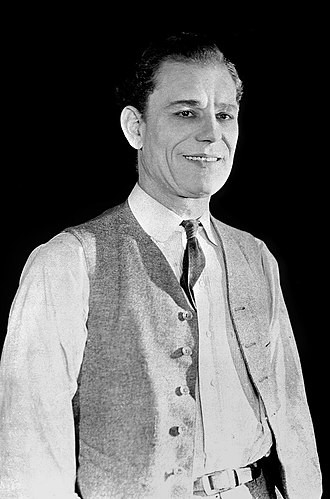
 Amanda S. Stevenson
Amanda S. Stevenson 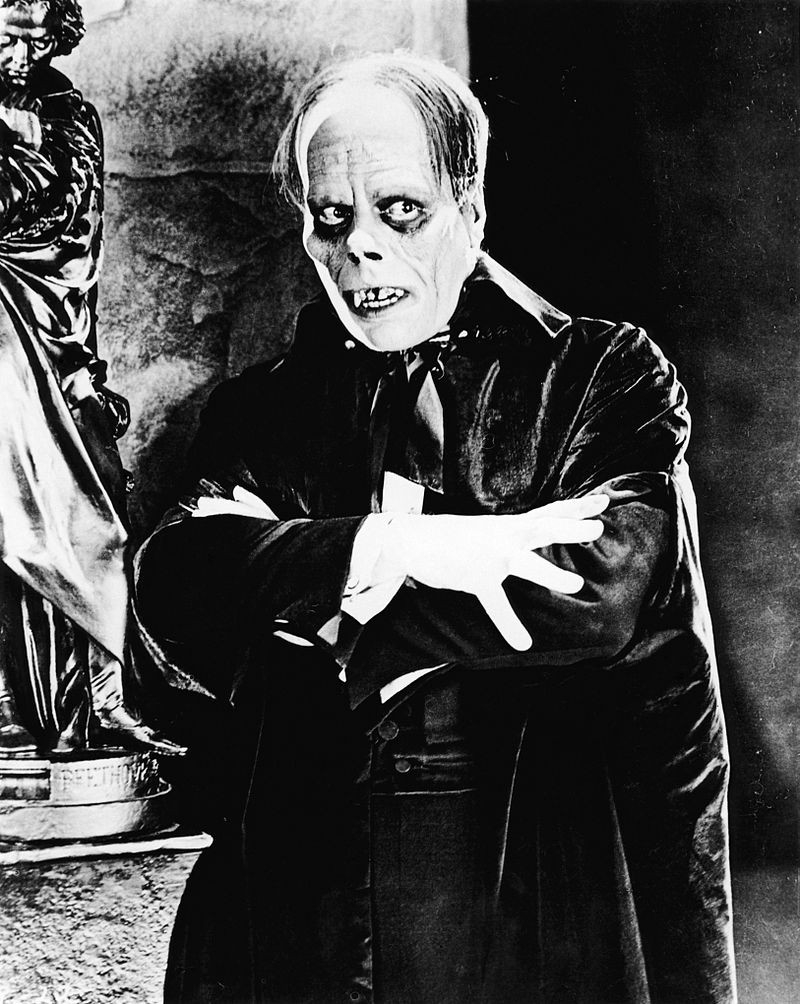
 Amanda S. Stevenson
Amanda S. Stevenson 
 Amanda S. Stevenson
Amanda S. Stevenson 
 Amanda S. Stevenson
Amanda S. Stevenson 
 Amanda S. Stevenson
Amanda S. Stevenson 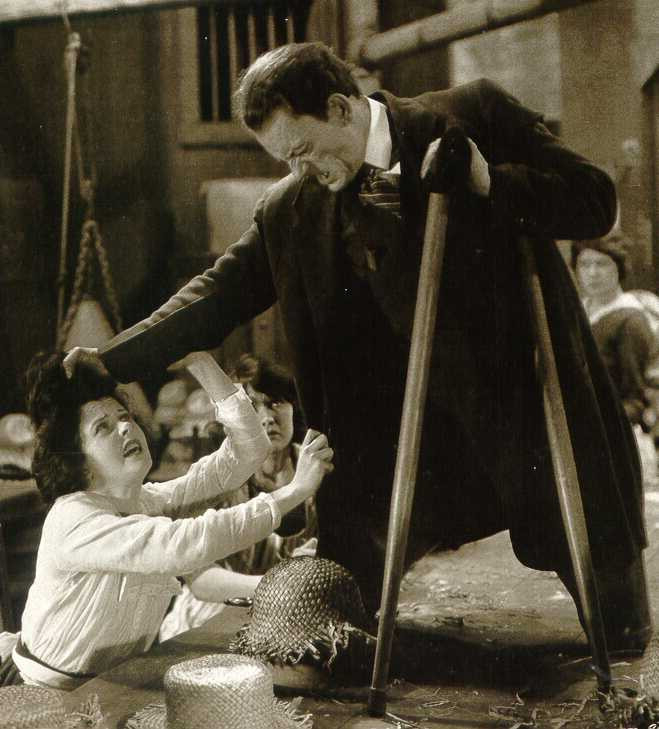
 Amanda S. Stevenson
Amanda S. Stevenson 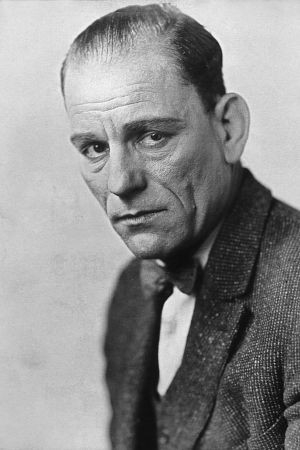
 Amanda S. Stevenson
Amanda S. Stevenson 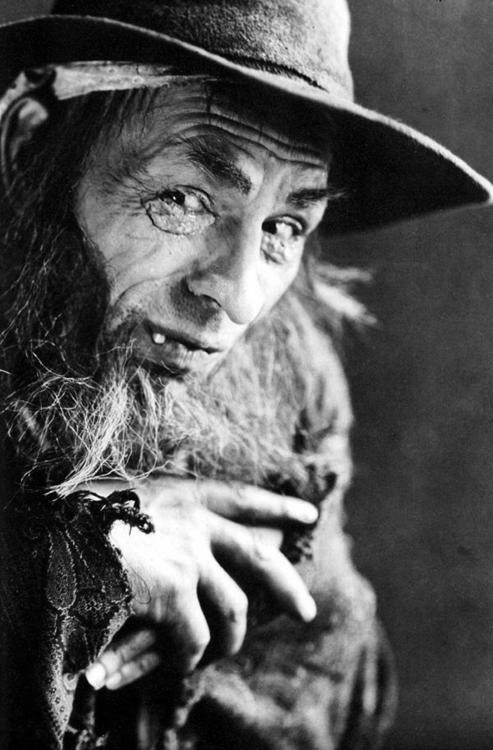
 Amanda S. Stevenson
Amanda S. Stevenson 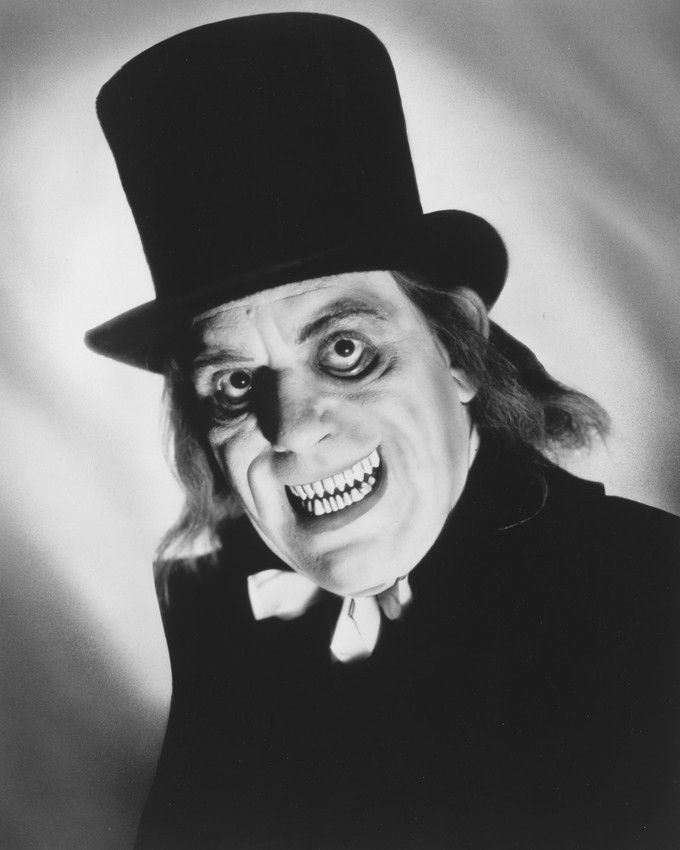
 Amanda S. Stevenson
Amanda S. Stevenson 